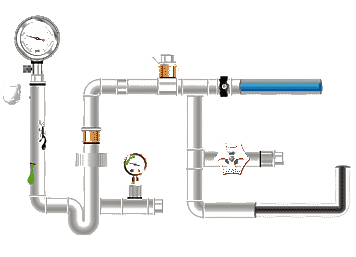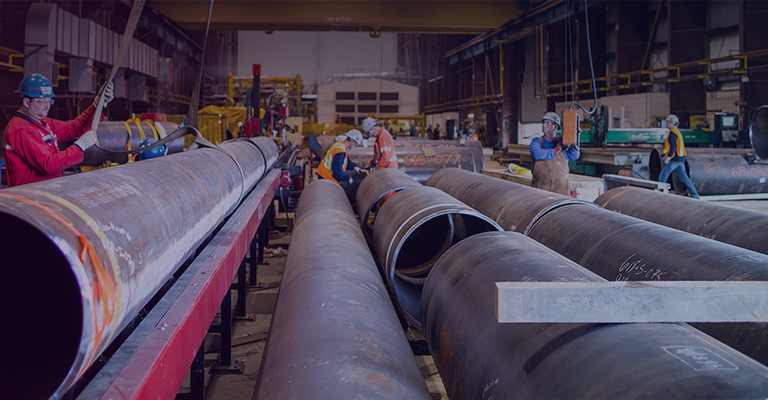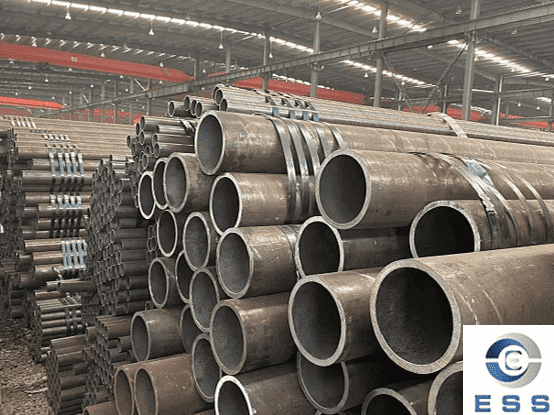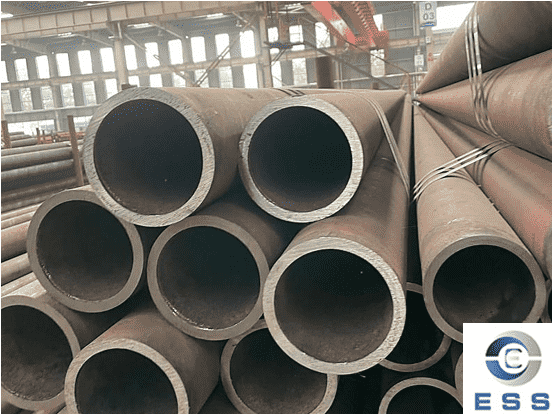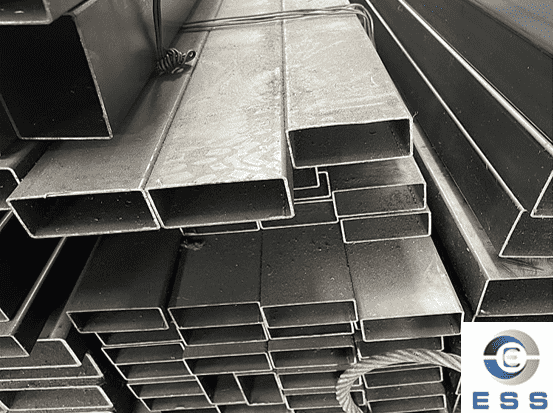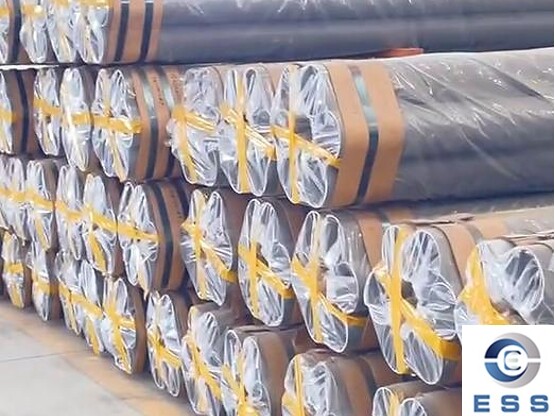
Precision
tubes are high-precision, high-finish seamless
steel pipes manufactured by cold drawing or cold rolling processes. The
inner and outer diameter tolerances can be controlled within ±0.05mm. They have
both high mechanical properties and lightweight characteristics. They are
mainly used in high-precision demand fields such as machinery manufacturing and
the automotive industry. After the installation of precision tubes, a series of
maintenance work is required to ensure their long-term stable operation and
extend their service life. The following are some key maintenance work:
Daily inspection and maintenance
1. Appearance inspection
Regularly check whether there are
scratches, dents, rust or other abnormal phenomena on the surface of the
precision tube.
Use tools such as magnifying glasses to
check surface defects such as cracks and folds.
2. Connection inspection
Check whether the connection parts such as
joints and pipe
flanges are tight to avoid leakage caused by looseness.
Ensure that the sealing ring is intact. If
it is found to be aged or damaged, it needs to be replaced in time.
3. Functional test
Perform pressure tests regularly to ensure
that the precision tube is leak-free within the working pressure range.
Check the flow performance of the precision
tube to ensure that there is no blockage or poor flow.
Regular cleaning and maintenance
1. External cleaning
Use non-corrosive detergent and soft cloth
to clean the surface of the pipe to prevent dust and dirt from wearing the pipe
surface.
Avoid using hard objects or sharp tools to
scratch the surface during cleaning.
2. Internal cleaning
Use special cleaning tools or equipment to
clean the inside of the pipe to ensure that there is no residue in the pipe
that affects the flow.
For precision tubes that are used for a
long time, internal rust removal and anti-corrosion treatment should be
performed regularly.
Anti-corrosion and anti-rust treatment
1. Anti-rust
treatment
After cleaning, apply an appropriate amount
of anti-rust oil or anti-rust grease to form a protective film to isolate air
and moisture to achieve the purpose of rust prevention.
For precision tubes that require long-term
anti-rust protection, vapor phase rust inhibitors, paint coatings or electrochemical anti-rust treatment methods can be used.
2. Anti-corrosion
treatment
For precision tubes exposed to corrosive
environments, appropriate anti-corrosion measures should be taken, such as
coating anti-corrosion coatings and using corrosion-resistant materials.
Regularly check whether the anti-corrosion
layer is intact. If there is any damage or aging, it should be repaired or
replaced in time.
Storage and transportation maintenance
1. Storage environment
Ensure that the storage environment is dry
and well ventilated to avoid corrosion of precision tubes in humid and high
temperature environments.
During storage, it should be isolated from
other metal materials to avoid mutual corrosion.
2. Transportation protection
During transportation, isolation and
protection measures should be taken to prevent dust, oil, rust and other
pollutants from contaminating the precision tubes.
Use appropriate lifting equipment and
transportation tools to avoid scratches on the surface and damage caused by
impact.
Records and adjustments
1. Establish maintenance records
Record the time, content, personnel,
problems found and treatment methods of each maintenance.
Maintenance records help to detect
potential problems in time and take appropriate measures to deal with them.
2. Adjust maintenance plan
According to maintenance records and usage,
adjust maintenance intervals and plans in time.
For precision tubes with frequent problems
or harsh usage environments, the maintenance cycle should be shortened and
inspection efforts should be strengthened.
Summary
The maintenance work of precision tubes
after installation involves many aspects, including daily inspection and
maintenance, regular cleaning and maintenance, anti-corrosion and anti-rust
treatment, storage and transportation maintenance, and record keeping and
adjustment. Enterprises should formulate scientific maintenance plans and
strictly implement them to ensure the long-term stable operation and extended
service life of precision tubes.









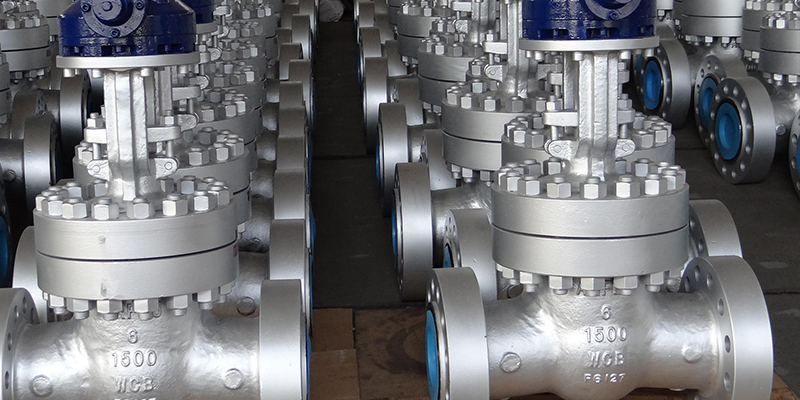
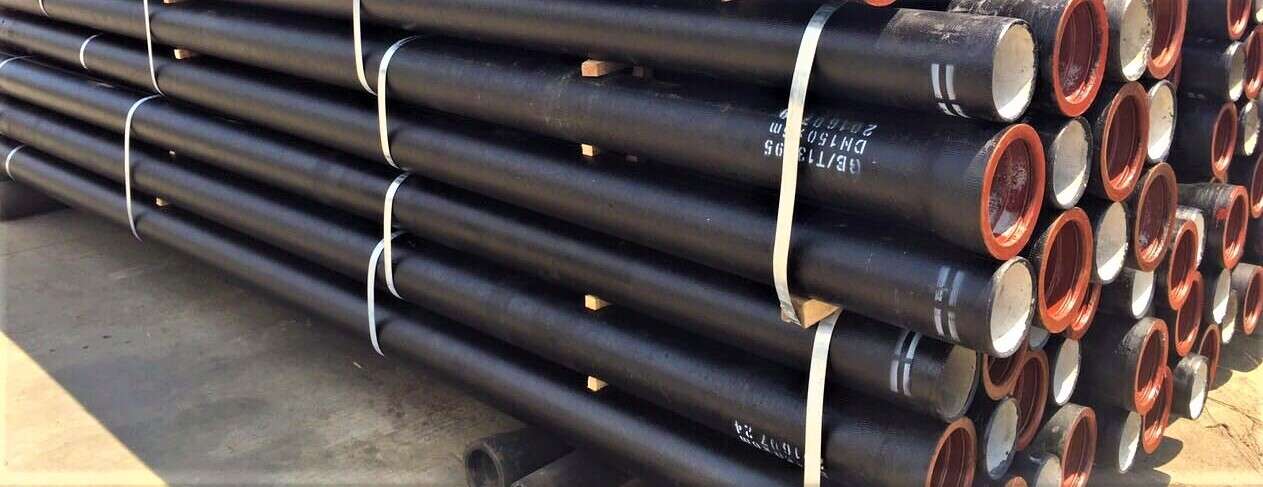


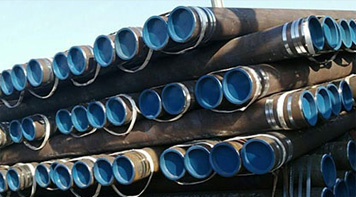 Eastern Steel Manufacturing Co.,Ltd not only improve product production and sales services, but also provide additional value-added services. As long as you need, we can complete your specific needs together.
Eastern Steel Manufacturing Co.,Ltd not only improve product production and sales services, but also provide additional value-added services. As long as you need, we can complete your specific needs together.
